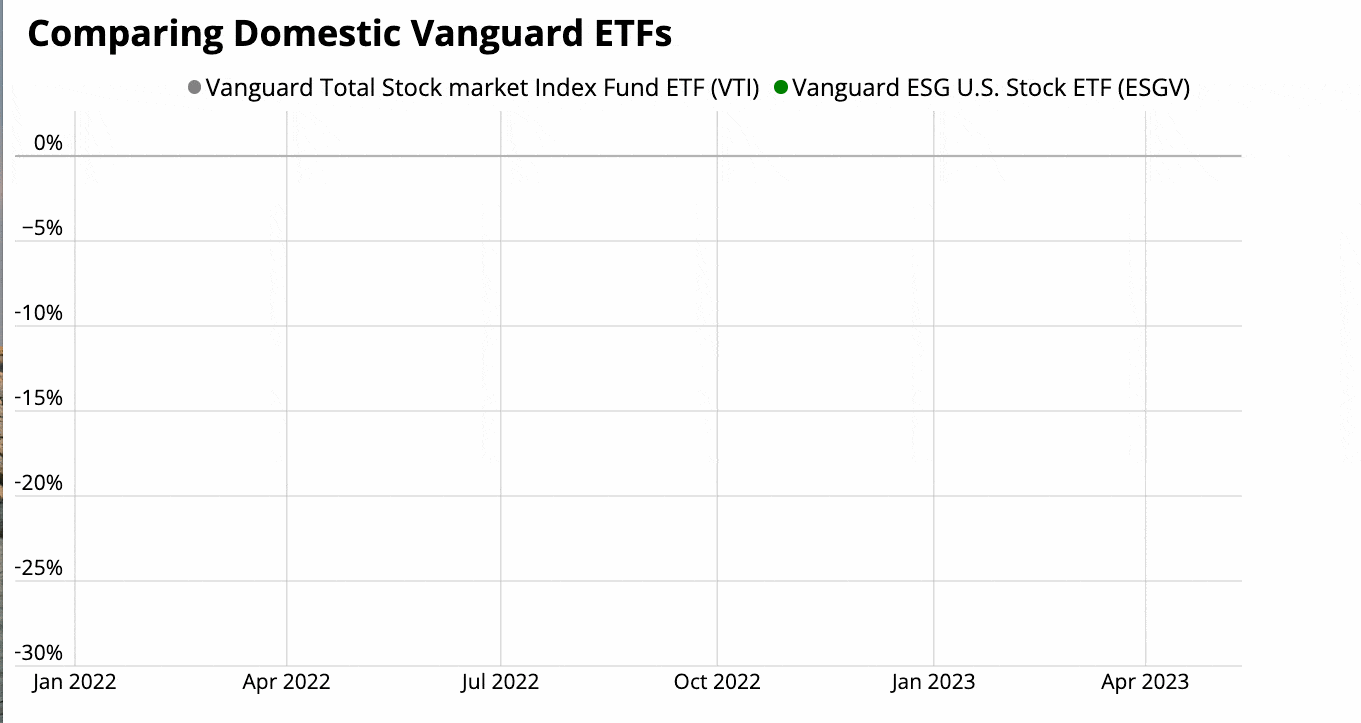In This Issue:
Articles, Research & Spotlights
- Florida takes another step to improve its DC plan
- Research shows salaries, not pensions, help recruit and retain teachers
- The push to bring back COLAs is ill-advised
- Higher education pensions offer blueprint for state and local retirement plans
News in Brief
Quotable Quotes on Pension Reform
Data Highlight
Articles, Research & Spotlights
Florida Continues to Improve Its Defined Contribution Plan
As a follow-up to the pension reform bill passed last year, Florida lawmakers enacted another improvement to the state’s default defined contribution (DC) plan for teachers, police, and other public employees. Following a 3% increase in employer contributions in 2022, this year’s legislation—Senate Bill 7024—adds another 2% employer contribution. Together, the contribution increases bring the state’s DC plan close to industry standards and ensure that Florida’s primary retirement plan for new hires can provide adequate benefits to retirees while stemming the growth of risky and unsustainable public pension liabilities. Reason’s Zachary Christensen explains what the law’s changes mean for taxpayers and public workers, noting improvements and also features that will work against Florida’s goal of fully funding its pension system.
Several proposals to undo essential pension reforms have been introduced in recent years, with proponents presenting these rollbacks as a solution to the growing challenges of recruiting and retaining public workers. But several recent studies suggest that retirement plans, whether they are a defined contribution, pension, or any other type of retirement structure, likely have little effect on the choices of these workers, particularly teachers. Reason’s Jen Sidorova summarizes three recent academic studies that should provide useful context to policymakers. The first study finds that a pension benefit enhancement granted to St. Louis teachers reduced retention by motivating teachers to retire earlier. The second study looks at teachers in Tennessee, finding that pensions were not a significant driver of retention or teacher quality. The third examines the impact of pension changes on teacher retention in Texas, finding that a cost-reducing reform had a negligible effect on the availability and quality of the labor force.
The Costs of Proposals to Add or Restore Cost-of-Living Adjustments for Public Retirees
Responding to a sudden jump in unexpected public pension costs, many states elected to reduce or eliminate their cost-of-living adjustments (COLA) for retirees in the early 2010s. With inflation soaring and remaining at levels not seen for decades, some states are considering bringing these inflation protection benefits back. But it is unwise for public pension systems to add on more unpredictable and costly liabilities when they are already struggling to fully fund existing pension promises. Reason analyst Steve Vu examines developments in New Jersey, Washington state, and Rhode Island, which have all seen significant legislative efforts to bring back COLAs.
States Should Look to Institutions of Higher Education to Improve Retirement Plans
As state and local governments grapple with the challenge of shaping retirement systems to serve a more mobile, modern workforce, the best examples may be right within their institutions of higher learning. Reason’s Rich Hiller touches on the history of retirement plans for colleges and universities, which have relied on the flexibility and portability of defined contribution (DC) plans for decades. Employers in higher education recognized the need for a retirement that accrues and stays with professors as they move from one university to another. With the modern workforce changing jobs more frequently, a similar approach may be a good option for government employees.
News in Brief
Study Examines How U.S. Pension Plan Managers View Risk and Inflation
Ortec Finance, an international software company specializing in risk and return management, released a report examining the mindset of those managing U.S. public pensions. To evaluate the current and potential situation government pensions find themselves in, they surveyed 50 plan managers. When asked about current investment strategies, 94% of respondents said that their plan increased its risk profile over the last year, with 16% saying they saw the risk increase “significantly.” And 81% expect to see their plans dive deeper into risk over the next year. Overall, the sentiment among plan managers is that they are prepared for the challenges imposed by inflation, but they intend to prepare for and monitor increases in volatility. Most, 90%, of the respondents anticipate spending money on stress-test tools over the next two years. Ortec Finance concludes that uncertainty is quite high for U.S. public pensions, which raises alarms about their chances of meeting their liabilities. The full report is available here.
Report Reviews the Impact of Inflation and COLAs on Public Pension Plans
The latest brief from the National Association of State Retirement Administrators (NASRA) highlights different types of cost-of-living adjustments (COLAs) that pension plans use and how they impact pension plans and retirees. They note that some states have automatic COLAs, which means they are set for annual adjustments. Other states use an ad hoc COLA, which requires a yearly review and passage of legislation. They identify that most states, 32, have adjusted their COLA at some point in the last 14 years. The report estimates that inflation protection can be costly, with a 3% COLA adding an estimated 26% to overall costs. They also study the loss in purchasing power that retirees have experienced over 20 years, which has left retirees with 62% of the value of their original benefit. The full brief is available here.
Quotable Quotes on Pension Reform
“[W]ith annual pension contributions by schools and teachers already having risen by 70% since 2001, pension administrators may wonder how much more they can demand. Schools must pay for buildings, books, and yes, teacher salaries—not merely fund pension benefits for already-retired teachers.”
—American Enterprise Institute Senior Fellow Andrew G. Biggs in “Teacher Pension Systems Are Increasingly Underfunded, Making Teachers Vulnerable and Salaries Less Attractive,” Brookings, June 14, 2023
“This year we achieved pension reform, helped pass term limits, and enacted the biggest tax cut in state history.”
-—North Dakota Gov. Doug Burgum in “Doug Burgum: Why I’m Running for President in 2024,” The Wall Street Journal, June 6, 2023
Data Highlight
Each month we feature a pension-related chart or infographic of interest generated by our team of Pension Integrity Project analysts. This month, analyst Jordan Campbell created an animated visualization that compares market results from Vanguard’s total stock market index and their environmental, social, and corporate governance (ESG) stock ETF over the last 16 months. You can access the visualization here.

Stay in Touch with Our Pension Experts
Reason Foundation’s Pension Integrity Project has helped policymakers in states like Arizona, Colorado, Michigan, and Montana implement substantive pension reforms. Our monthly newsletter highlights the latest actuarial analysis and policy insights from our team.

